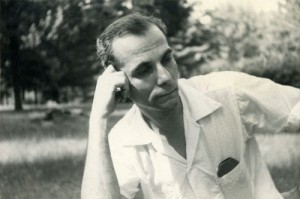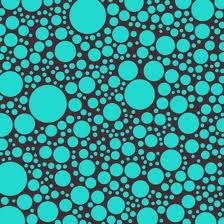Over at the AMS Graduate Student Blog, Jean Joseph wonders what it is that mathematicians do, asking if what they do is to solve problems:
After I heard someone ask about what a mathematician does, I myself wonder what it means to do mathematics if all what one can answer is that mathematicians do mathematics. Solving problems have been considered by some as the main activity of a mathematician, which might then be the answer to the question. But, could reading and writing about mathematics or crafting a new theory be considered as serious mathematical activities or mere extracurricular activities?”
Not all mathematics is problem-solving, as we’ve discussed here before, and I think it would be a great shame if the idea were to take hold that all that mathematicians did was to solve problems. As Joseph says, this view does not account for lots of activities that we know mathematicians engage in which are not anywhere near to problem-solving, such as creating theories, defining concepts, writing expositions, teaching, etc.
I view mathematics (and the related disciplines in the pure mathematical universe) as the rigorous study of structure and relationship. What mathematicians do, then, is to rigorously study structure and relationship. They do this by creating, sharing and jointly manipulating abstract mental models, seeking always to understand the properties and inter-relations of these models.
Some of these models may arise from, or be applied to, particular domains or particular problems, but mathematicians (at least, pure mathematicians) are typically chiefly interested in the abstract models themselves and their formal properties, rather than the applications. In some parts of mathematics (eg, algebra) written documents such as research papers and textbooks provide accurate descriptions of these mental models. In other parts (eg, geometry), the written documents can only approximate the mental models. As mathematician William Thurston once said:
There were published theorems that were generally known to be false, or where the proofs were generally known to be incomplete. Mathematical knowledge and understanding were embedded in the minds and in the social fabric of the community of people thinking about a particular topic. This knowledge was supported by written documents, but the written documents were not really primary.
I think this pattern varies quite a bit from field to field. I was interested in geometric areas of mathematics, where it is often pretty hard to have a document that reflects well the way people actually think. In more algebraic or symbolic fields, this is not necessarily so, and I have the impression that in some areas documents are much closer to carrying the life of the field. But in any field, there is a strong social standard of validity and truth.
. . .
When people are doing mathematics, the flow of ideas and the social standard of validity is much more reliable than formal documents. People are usually not very good in checking formal correctness of proofs, but they are quite good at detecting potential weaknesses or flaws in proofs.”

